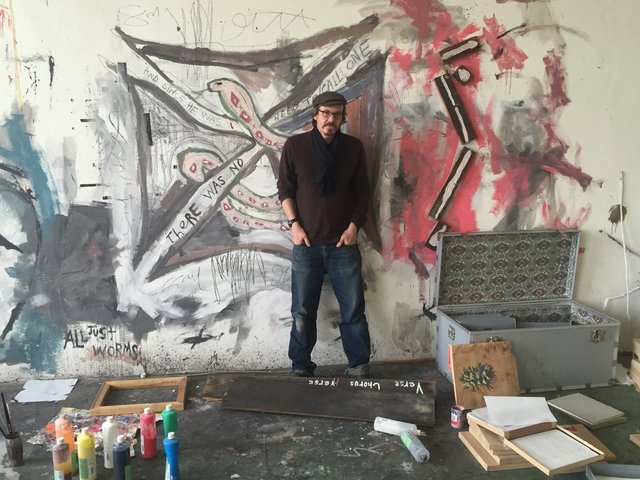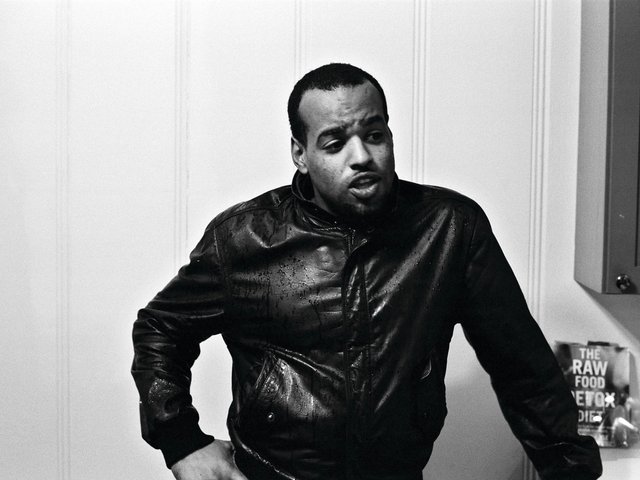The California multi-media and performance artist Betsy Davis was among the first people to end her life last month under the state’s new doctor-assisted dying law. The 41-year-old, who was diagnosed three years ago with ALS, also known as Lou Gehrig’s disease, planned a two-day party on 23-23 July for her friends and family, who gathered at her home in Ojai, California to say goodbye.
“You are all very brave for sending me off on my journey,” Davis wrote in an email invite to her guests. “Thank you so much for traveling the physical and emotional distance for me. These circumstances are unlike any party you have attended before, requiring emotional stamina, centeredness, and openness. And one rule: No crying.”
More than 30 guests came from across the country for the event, which included music, pizza and tamales, and a screening of Davis’s favourite film, The Dance of Reality, by the Chilean-French director Alejandro Jodorowsky. “Under her guidance, I’d put sticky notes next to items around the house, explaining their significance,” Davis’s sister Kelly wrote of the experience this week. “She invited everyone to ‘take a Betsy souvenir’ to remember her.”
After her guests left on the final evening, Davis took a lethal combination of drugs prescribed by her doctor around 6:45pm, slipped into a coma and died four hours later.
California’s controversial End of Life Option Act went into effect in June, after years of failed attempts to pass a law allowing terminally ill patients to seek a physician’s help in dying, making it the fifth state to legalise the practice. Opponents, including some medical groups and the Catholic Church, raised concerns that chronically sick people could be coerced into ending their lives and pointed to the difficulty in diagnosing when an illness is terminal.
“My sister is an example of exactly what the law intended to do: allow a dying young woman the ability to assert control over the chaos and uncertainty of terminal illness,” Kelly Davis wrote. “She turned death into a reason to celebrate, and she was there to enjoy the party.”
“My work strives to produce a change in perception of the world around us,” Betsy Davis wrote in an artist’s statement on her website. “I aim to delight and engage people, while simultaneously demonstrating the lighthearted elegance of human nature.”




